This decorative obelisk in green marble with black veins is fully in line with the Egyptomania movement, which experienced a spectacular revival at the beginning of the 20th century.
The object is finely decorated with gilded motifs representing stylized hieroglyphs, winged deities, solar symbols and a sacred ibis, a figure associated with the god Thoth. The composition deliberately evokes the aesthetics of ancient Egyptian monuments, while being a modern European creation, made for decorative purposes.
The stepped base, decorated with a framed cartouche and a winged solar disk – the protective emblem of the pharaohs – accentuates the monumental effect on a reduced scale. The whole rests on a square, flared base which reinforces its stability and solemnity.
This type of object is emblematic of Egyptomania, a Western fascination with ancient Egypt that dates back to Napoleon's Egyptian campaign (1798–1801), but which experienced a decisive second wind in the early 20th century. This revival is directly linked to the discovery of Tutankhamun's tomb by Howard Carter in 1922, a sensational event that shook world public opinion and inspired numerous artistic, decorative, and architectural creations.
Egypt then became a major source of inspiration in the decorative arts, fashion, design, and even Art Deco architecture. Miniature obelisks like this one, often made of marble, onyx, or alabaster, were prized as collectibles or decorative elements in the cultured and cosmopolitan interiors of the interwar period.




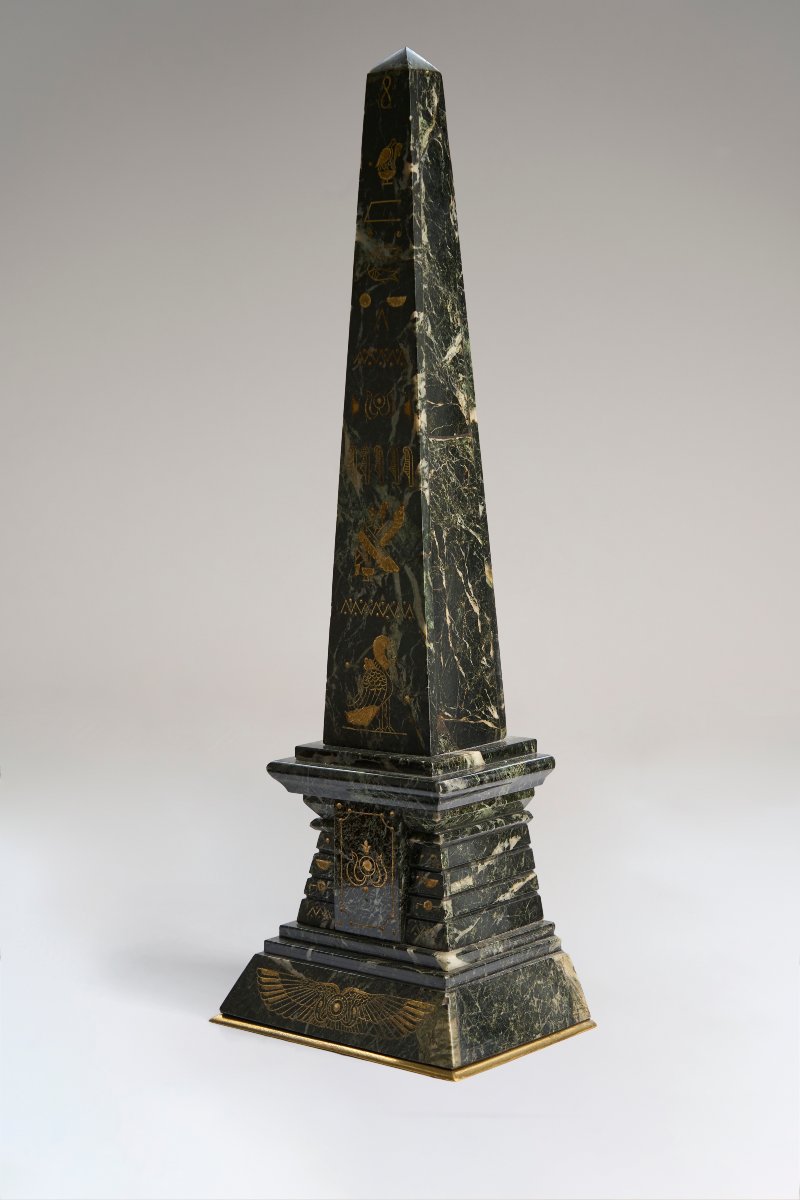




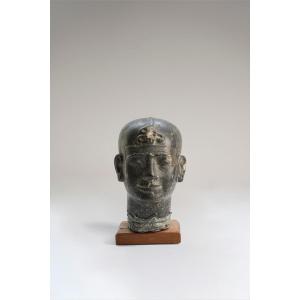





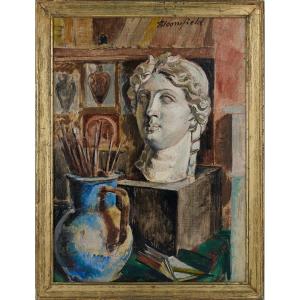


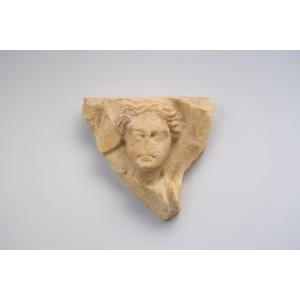

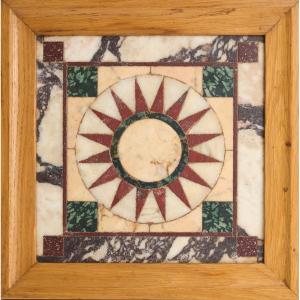



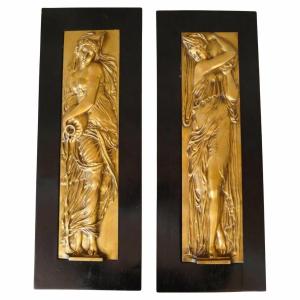
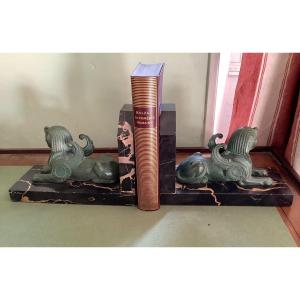





 Le Magazine de PROANTIC
Le Magazine de PROANTIC TRÉSORS Magazine
TRÉSORS Magazine Rivista Artiquariato
Rivista Artiquariato